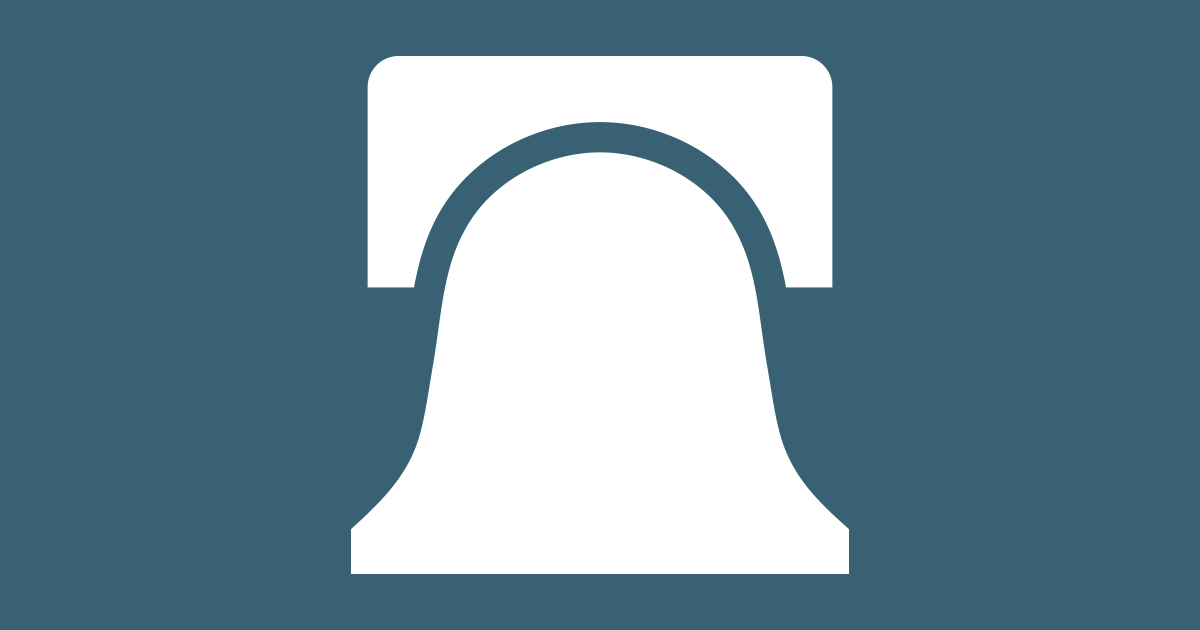As political leaders debate how best to fix Social Security, many policymakers are focusing on the wrong issue. Their sole concern seems to be the date when the Social Security retirement and survivors trust fund will run out of its paper assets. This mistaken emphasis misses the fundamental...

www.heritage.org
Why the Social Security Trust Fund Differs from Real Trust Funds. Private-sector trust funds invest in real assets ranging from stocks and bonds to mortgages and other financial instruments. However, the Social Security trust funds are only "invested" in a special type of Treasury bond that can only be issued to and redeemed by the Social Security Administration. As the Congressional Research Service noted in a report on May 5, 1998:
According to the Office of Management and Budget under the Clinton Administration in 1999:
In short, the Social Security trust fund is really only an accounting mechanism. The trust fund shows how much the government has borrowed from Social Security, but it does not provide any way to finance future benefits. The money to repay the IOUs will have to come from taxes that are being used today to pay for other government programs. For that reason, the most important date for Social Security is 2018, when taxpayers must begin to repay the IOUs, not 2042, when the trust fund is exhausted.
Conclusion. Social Security's financial crisis will begin far sooner than many politicians claim. In less than three years, the first baby boomer will reach retirement age. Once that happens, Social Security (and Medicare) will be on a slippery slope toward insolvency. While Social Security can continue to use its tax receipts to pay full retirement benefits until 2018, Congress cannot wait that long to act. Misleading the public into believing that Social Security is secure until 2042 or beyond will only make the impending crisis more difficult to avoid.
Furthermore, huge impending deficits are only one of the problems facing Social Security. The sad reality is that millions of workers receive a dismal rate of return on their Social Security retirement taxes. Making matters worse, the current program does not enable workers to build up investments and cash savings to supplement their monthly Social Security checks.
The debate about Social Security's future should be about how to improve each American's personal retirement security and how to enable each American to build a nest egg for the future. Otherwise, Americans will lose a real opportunity to improve the lives of future retirees. The best way to fix Social Security is to provide younger workers with the opportunity to invest part of their Social Security taxes in personal retirement accounts.

